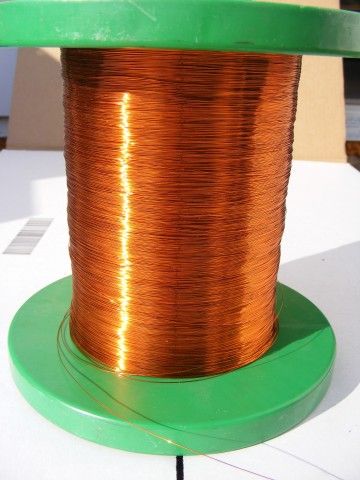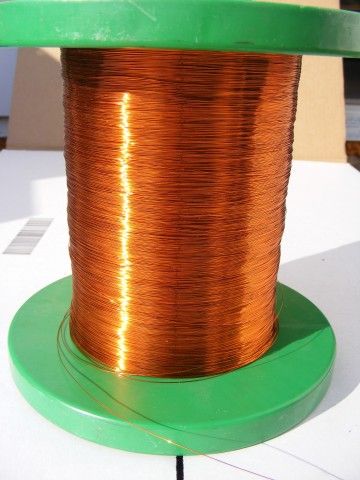High price of copper not a deterrent for renewable energy industries
The growth of the green energy sector and its demand from consumers will continue to increase demand for copper and price out other industries; forcing the usage of less conductive metals.


The growth of the green energy sector and its demand from consumers will continue to increase demand for copper and price out other industries; forcing the usage of less conductive metals.
Copper's crucial role in electrical conduction, due to its unrivalled ductile and energy-efficient qualities, has continued to pique a high demand from renewable energy and technology industries even as its high price has forced other industries and sectors to turn to aluminium.
A continuing growth in demand for greener energy is expected to arise from industrialisation in emerging markets, particularly China, as it unveils preliminary plans for a new electricity grid.
The surge in demand from the national grid accounts for 50 per cent of forecasted Chinese copper demand growth for 2011. China is the world's biggest copper consumer, accounting for 40 percent of global demand last year.
China is not alone in its demand. The increase in wind turbines across Europe required substantial amounts of copper. Wind energy generation requires the use of copper in electric motors and windings. Due to their height, wind turbines are more susceptible to lightning strikes and require on average 450 kg of copper per megawatt for safe earthing. Although wind energy currently accounts for just 2 per cent of the global energy mix, the weaning off of coal and oil as main energy sources could see wind usage climb to 10 per cent by 2020, according to Vestas.
Additionally, the increasing need for smaller, faster, lighter and more energy-efficient components means copper is making inroads into electronics and greener lifestyles and policies.
Article by Diva Rodriguez | Climate Action




